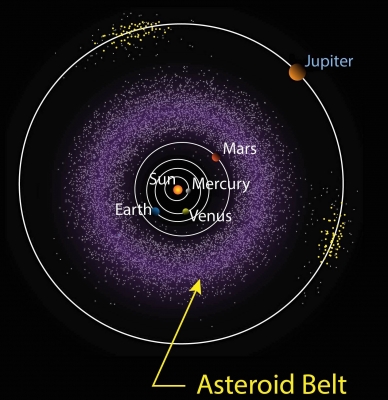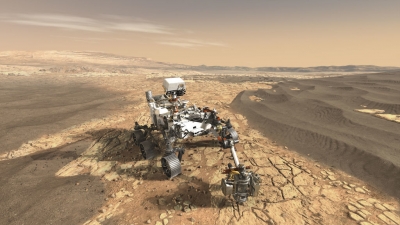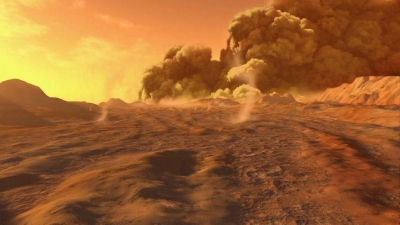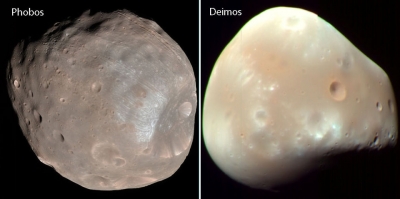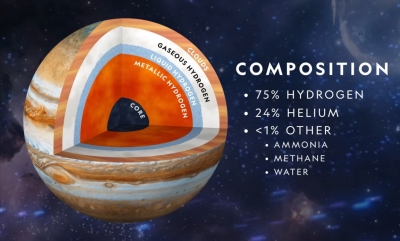
Jupiter is the fifth planet from the Sun and the largest planet in the Solar System. It is a gas giant with thick bands of brown, yellow, and white clouds. Its atmosphere is made up of hydrogen and helium gas, just like our Sun, and if it was much more massive, it could become a star!
Giant planet
Jupiter is the king of the Solar System. It is an amazing 143,000 km (89,000 miles) wide. Jupiter is so large that all of the other planets could fir inside it!
Juno mission
NASA’s Juno spacecraft is helping scientists to understand how Jupiter formed. It is orbiting closer to the gas giant than any spacecraft has before.
Jupiter’s rings
Jupiter has three thin rings, called the Jovian Rings. They are mostly made of dust and can only be seen when viewed from behind Jupiter, when they are lit up by the Sun.
Beneath the clouds
Any spacecraft that passed through Jupiter’s clouds would be crushed and melted by the huge pressure. Scientists believe that beneath the clouds there is a giant ocean made of liquid metal.
Great Red Spot
One of Jupiter’s most famous features is the Great Red Spot. It is a huge storm, more than three times the size of Earth, that has been raging for hundreds of years!
Picture Credit : Google

